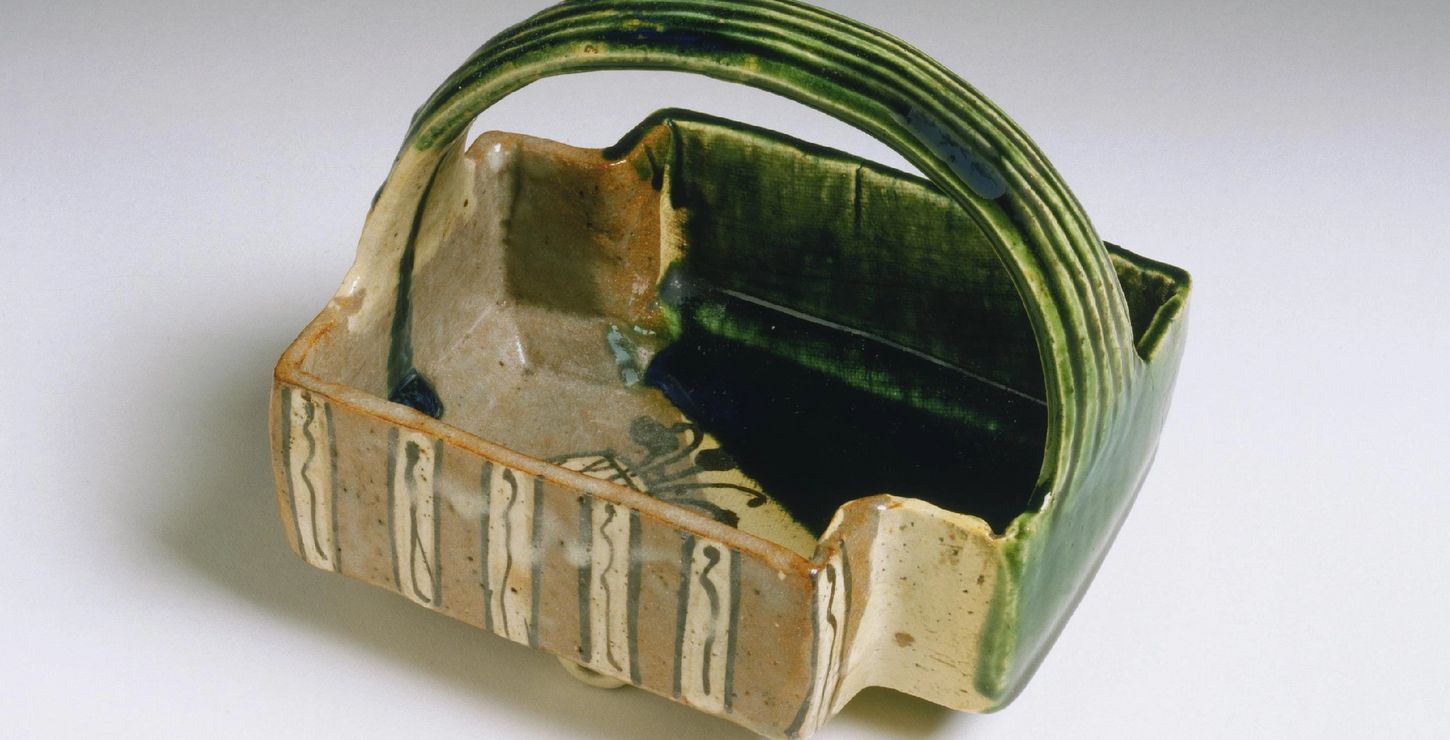Main Building
Sixty years ago, in the fall of 1928, a shipment of crates arrived here from Japan containing the elements of a teahouse. The teahouse and its waiting room had originally been built in 1917 by a Japanese architect for his private residence in Tokyo. It would be nearly thirty years before the plan of another architect, then director of this museum, Fiske Kimball, was completed, with the opening of the Museum's Far Eastern wing in 1957. The teahouse takes its name from the three characters on the wood tablet hanging under the eaves, Sunkaraku, or Evanescent Joys. It is built in the traditional style called sukiya-tsukuri (artless building). The simplicity and restraint of the architecture reflect the spirit of the tea ceremony, offering a temporary refuge from the complexities of daily life. The drinking of tea was introduced to Japan by Zen Buddhist monks who used it as a stimulant during long hours of religious meditation. Early teabowls and tea caddies were imported from China, and the aesthetic of Zen Buddhism gradually extended to all aspects of the tea ceremony and related arts. The monochrome ink paintings reveal the preference for suggestion over statement. The empty spaces on the paper allow the viewer to participate in the painting. In ceramics, the Zen taste is reflected in the love of the irregular shape and the imperfect glaze. Cracks in teabowls are carefully repaired with gold lacquer as if to emphasize the flaw. The delight in natural materials already evident in the construction of the teahouse is echoed in the use of bamboo for the tea scoop or for the flower container. A selection of tea-ceremony utensils and related art from the collection is on exhibition in the galleries adjacent to the teahouse.
